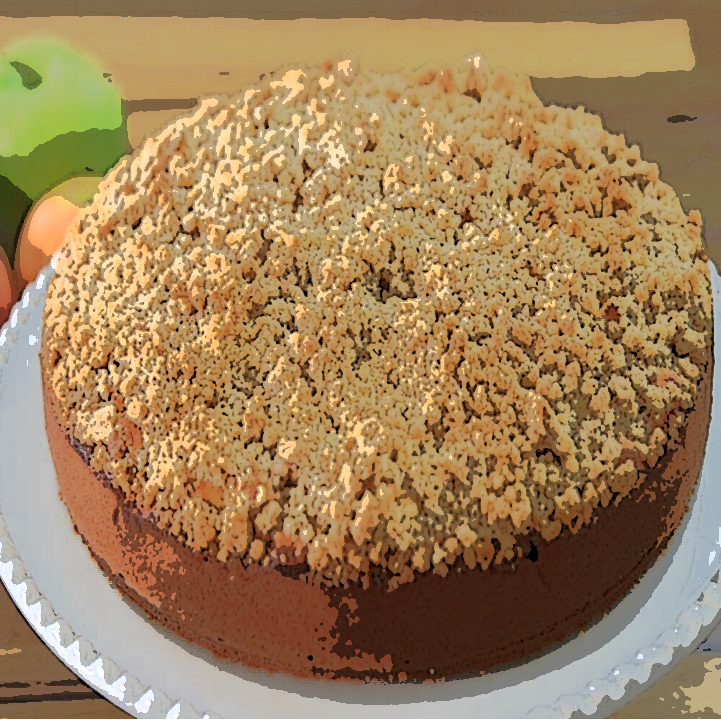- Home
- pastry crusts
- how to make a pastry crust
Categories
how to make a pastry crust

Back to Recipes
Superstone® Use and Care
How to make a Pastry Crust
For most bakers, pastry skill comes with lots of trial and error. Another of those simple mixtures like the best French bread, pastry contains little more than flour, shortening in some form, salt, and water. The key is to work quickly and to develop a light touch with the dough.
Be sure to season your Superstone® Deep Dish Pizza/Pie Baker before using. Follow instructions under “use and care.” For pies, if it calls for the pan to be buttered, do so and sprinkle with a bit of flour before inserting the pie crust.
If it does not call for butter, very lightly coat the base and side with vegetable oil and dust with flour. If you have the Superstone La Cloche, the base is considered the Deep Dish pan.
Steps In Making Pie And Pastry Crusts
Cut in butter (or shortening) until mixture resembles cornmeal. A pastry blender, or two knives, are used in this step to combine the shortening with the dry ingredients. Some food writers suggest using your fingers to blend the butter and flour. I like to use a food processor for this step and I have given directions for using one later in this section.
Gradually add water while tossing with a fork. This important step makes sure that the liquid is evenly distributed without too much mixing. The mixture will cling together at this point, and can be formed into a ball.
Transfer to deep dish pan. Getting the rolled pastry to the pan can be accomplished by gently rolling it onto the rolling pin, then gently easing it into place. The key to a pastry shell that doesn’t shrink in baking is to not stretch it at this point.
Turn the edges of dough under… After the dough is fitted into the pan, trim it so that only about an inch overhangs the edge. (For double crust pies, more can be trimmed off.) Turn this edge under to form a rim either by shaping it even with the edge of the pan or by pinching it to form a high, decorative, fluted edge.
On floured surface, roll pastry… The cooler the rolling surface, the better. That’s why professionals, use marble. A laminated counter top works better than a pastry board. I prefer a cloth-covered surface and a pastry board. I prefer a cloth-covered surface and a stockinette-covered rolling pin, because you use less flour when rolling the dough.
Shape the ball and dough into a flattened circle with smooth edges before rolling. This helps achieve the round circle you desire and prevents cracked, broken edges. If refrigerated doughs seem too stiff, let them stand a few minutes at room temperature. If dough seems soft, put in the refrigerator or freezer for a few minutes.
For baked pastry shells from rich tart pastry doughs. Fit bottom of shaped pastry with a piece of waxed paper or foil and weigh it down with about 2 cups or uncooked rice or beans (or cover with a layer of baker’s pie weights).
Bake in 375º oven for 15 minutes. Remove rice and paper. (Save and reuse the rice another time.) If pastry shell will be used without further baking, continue baking shell for 5 more minutes or until golden brown.
Brushing the top pastry of a double crust pie with milk and sprinkling with sugar makes an attractive finishing touch.
To ease pouring the egg mixture into a prepared quiche, first place the quiche on the extended rack of the oven. Pour egg mixture over the surface. Sprinkle with any remaining spices or cheese, the gently push the oven rack back into place.
Some Additional Hints
To use a food processor: Combine flour and other dry ingredients with cold butter, which has been cut into five or six pieces, in food processor bowl fitted with metal blade. Process until mixture resembles coarse cornmeal. If appropriate, add sour cream at this point. Combine liquid ingredients, if necessary. With machine running, add liquid ingredients through feed tube. Process just until dough begins to mass together to form a ball. Continue as directed in recipe.
Leftover pastry from any of there recipes keeps a few days in the refrigerator or can be frozen. The “leftovers” are great for shaping and baking in small individual quiches. Slip the baked shells out of the pans before freezing.
 Loading... Please wait...
Loading... Please wait...